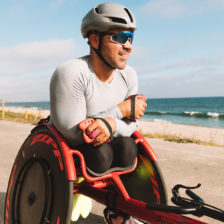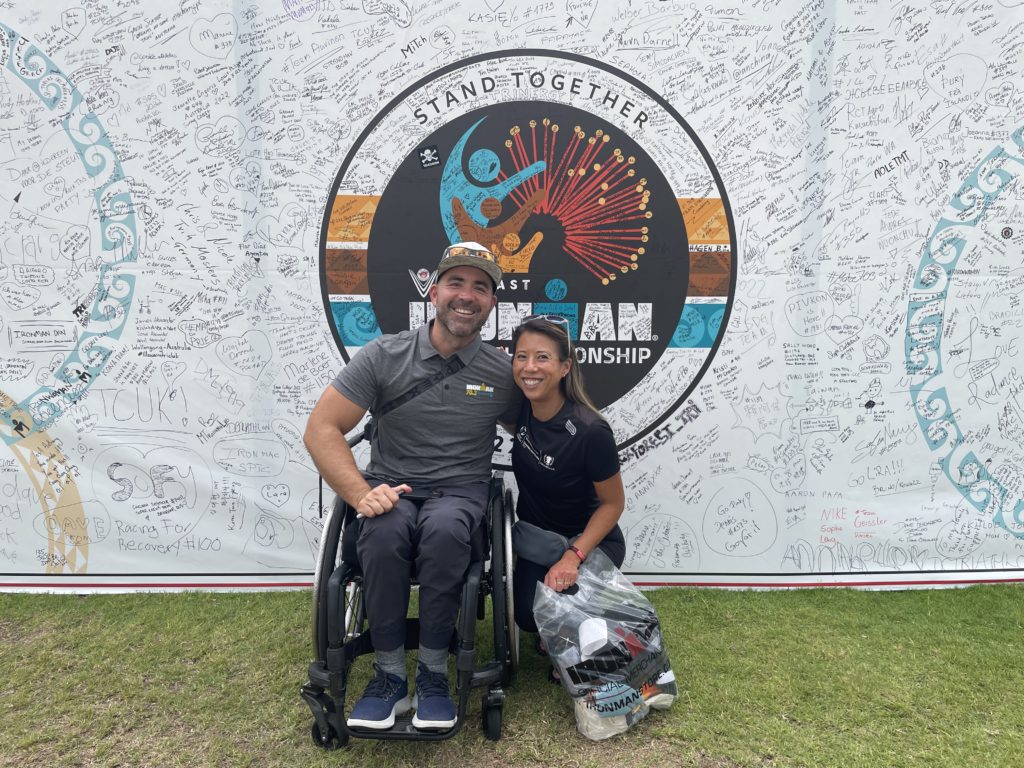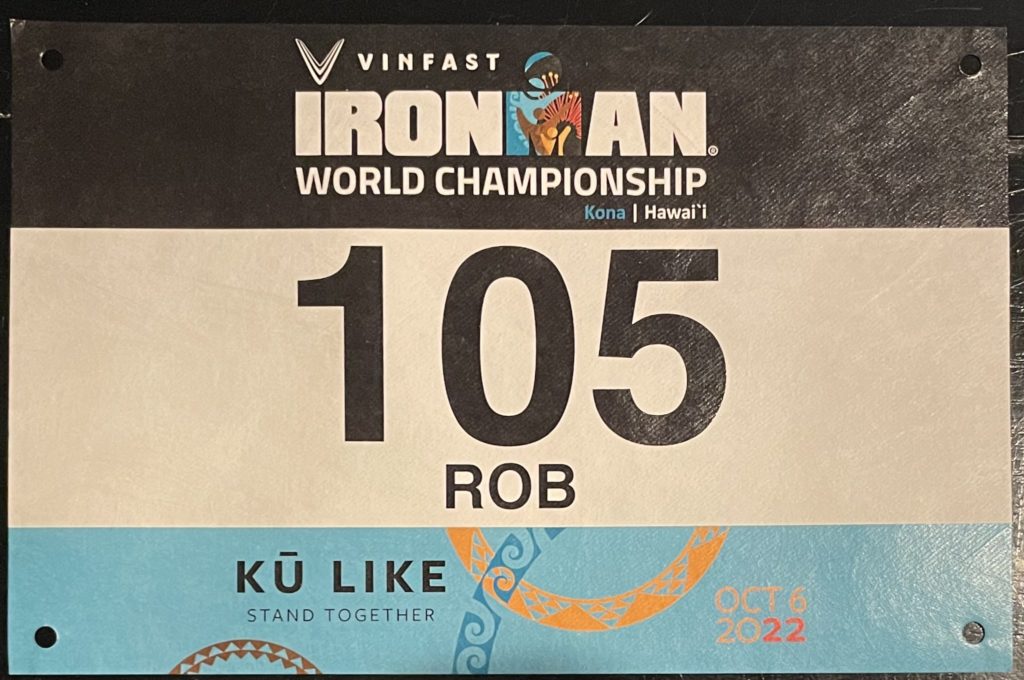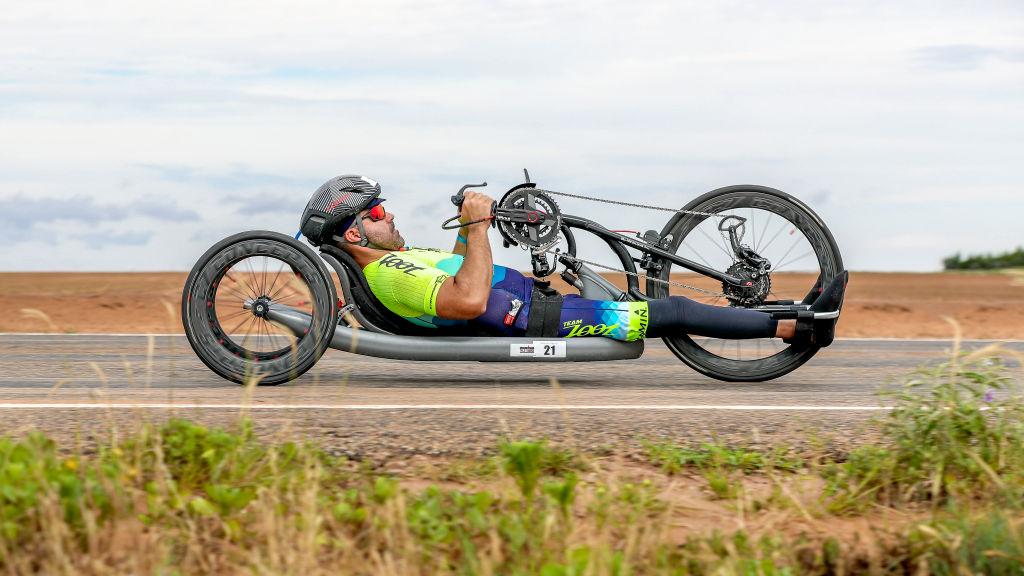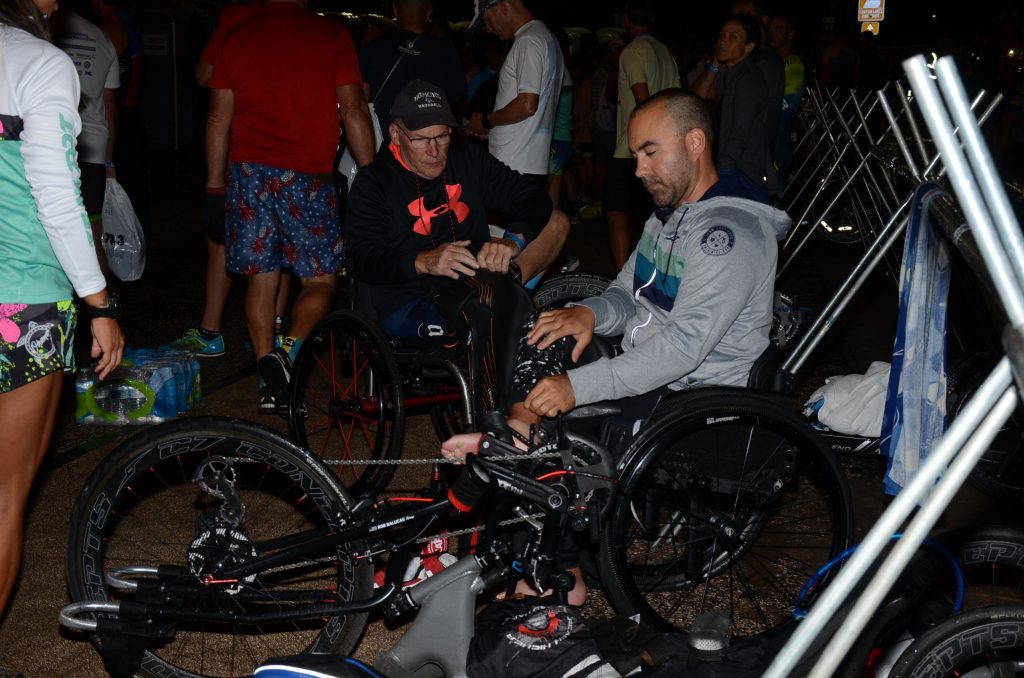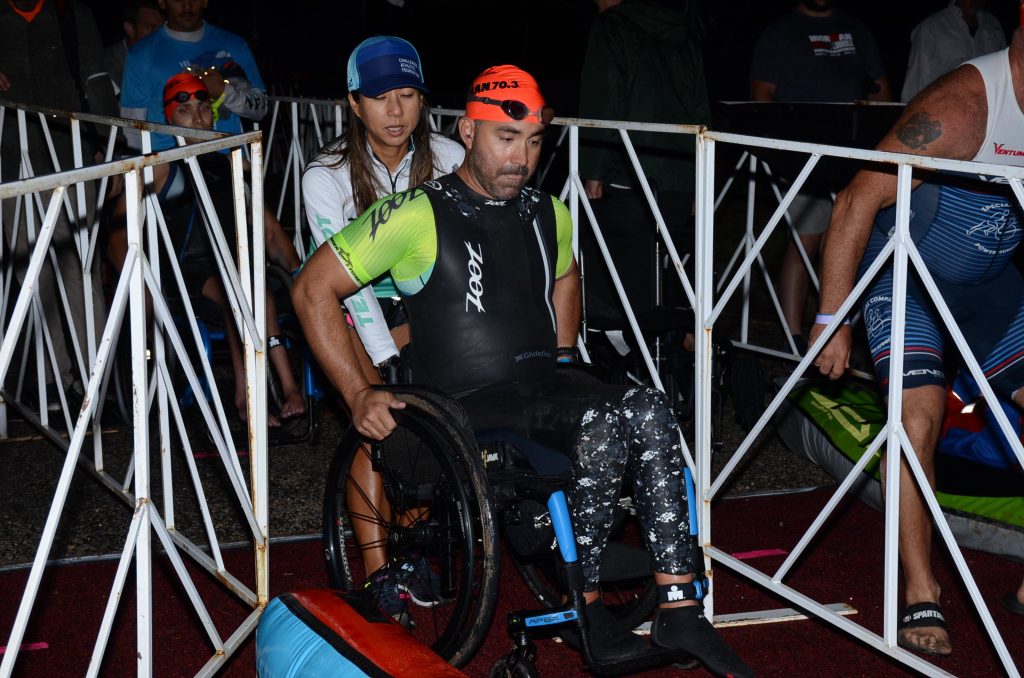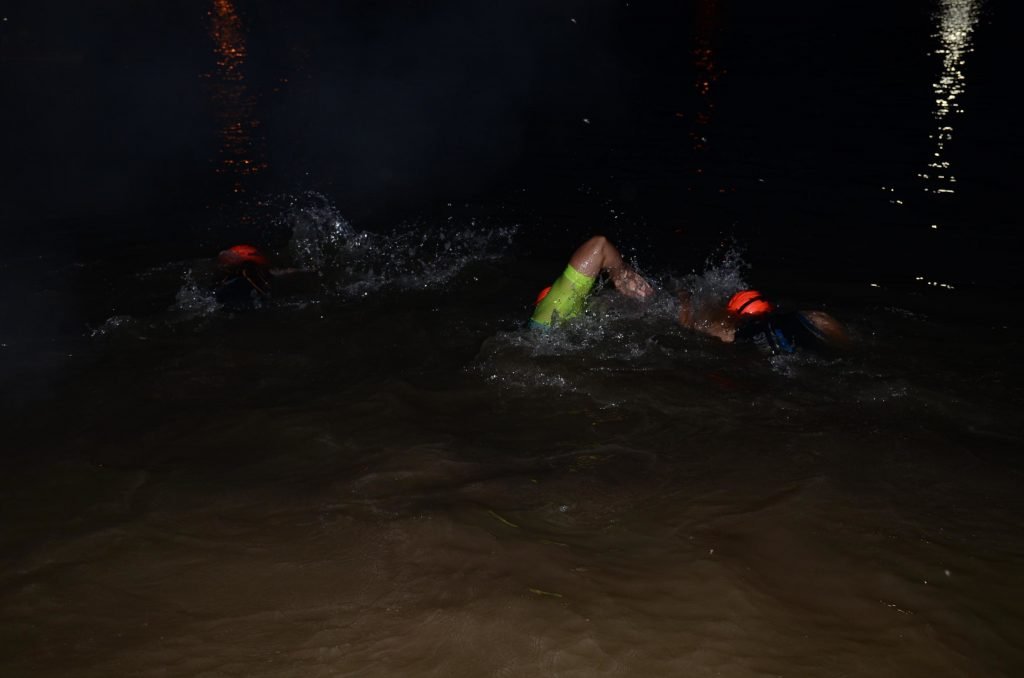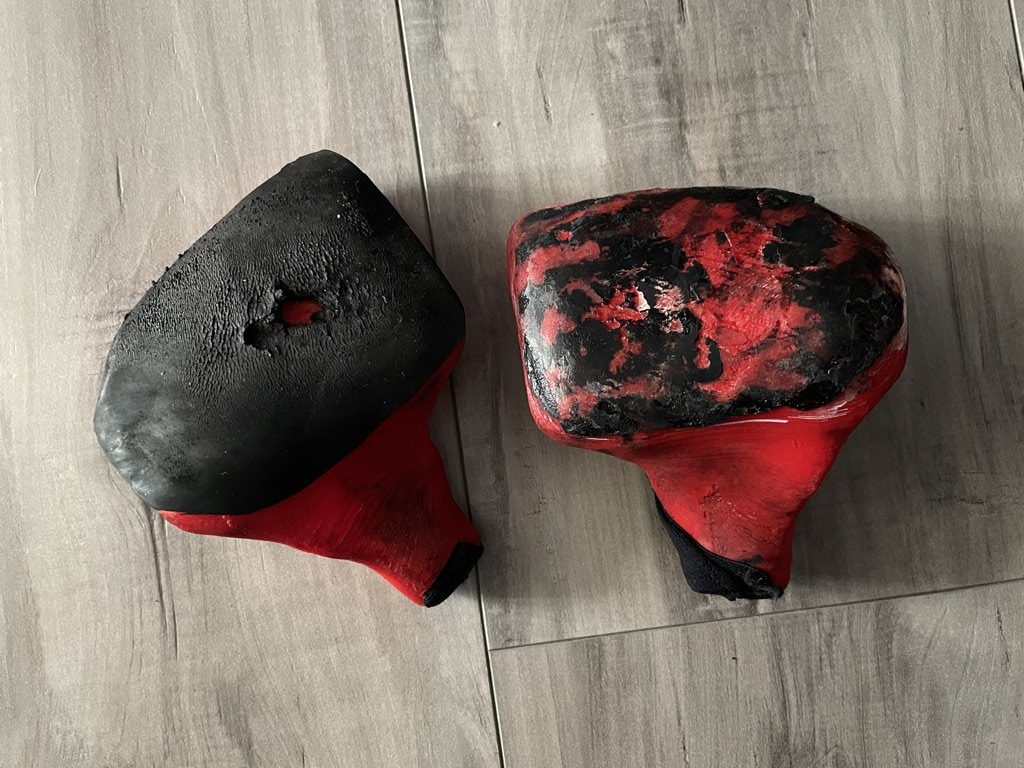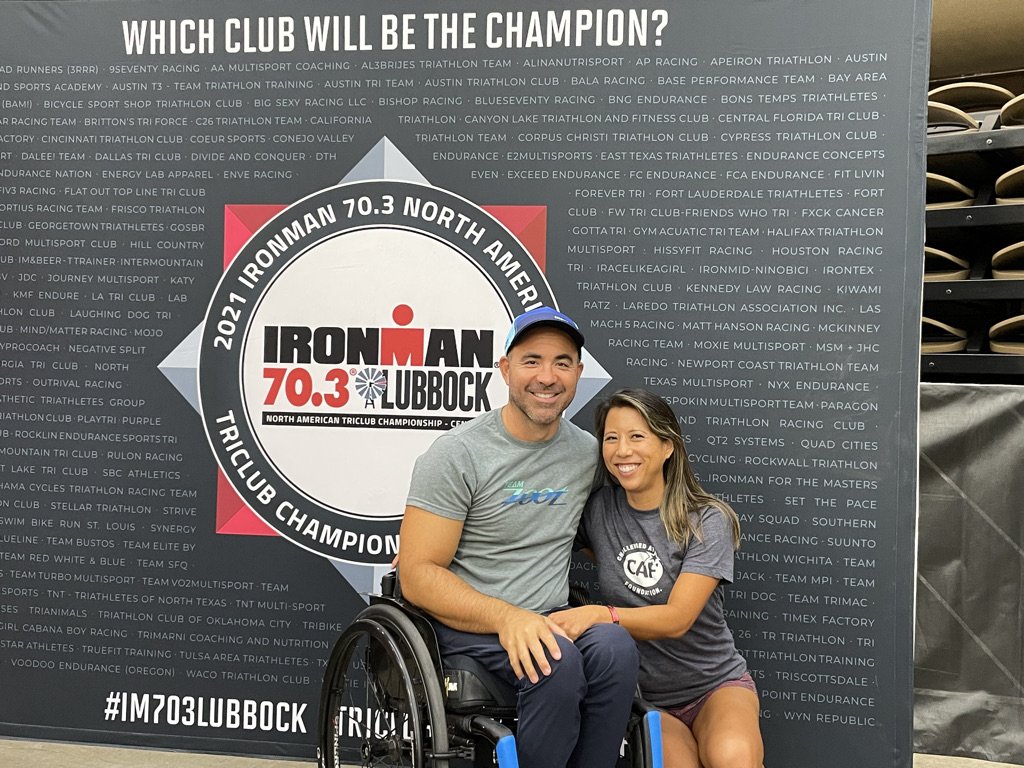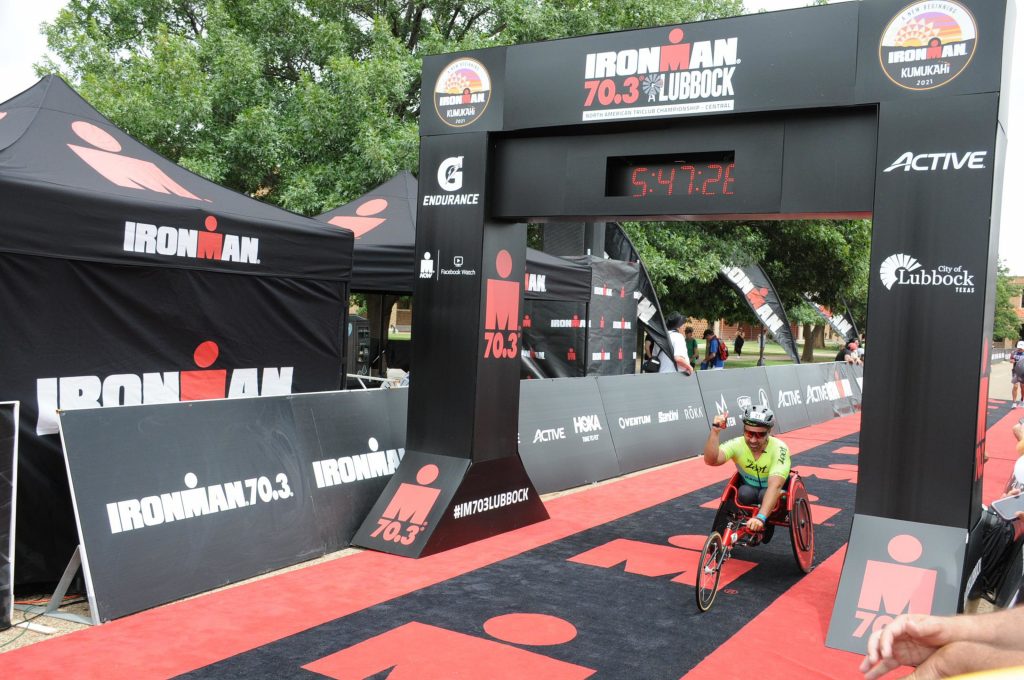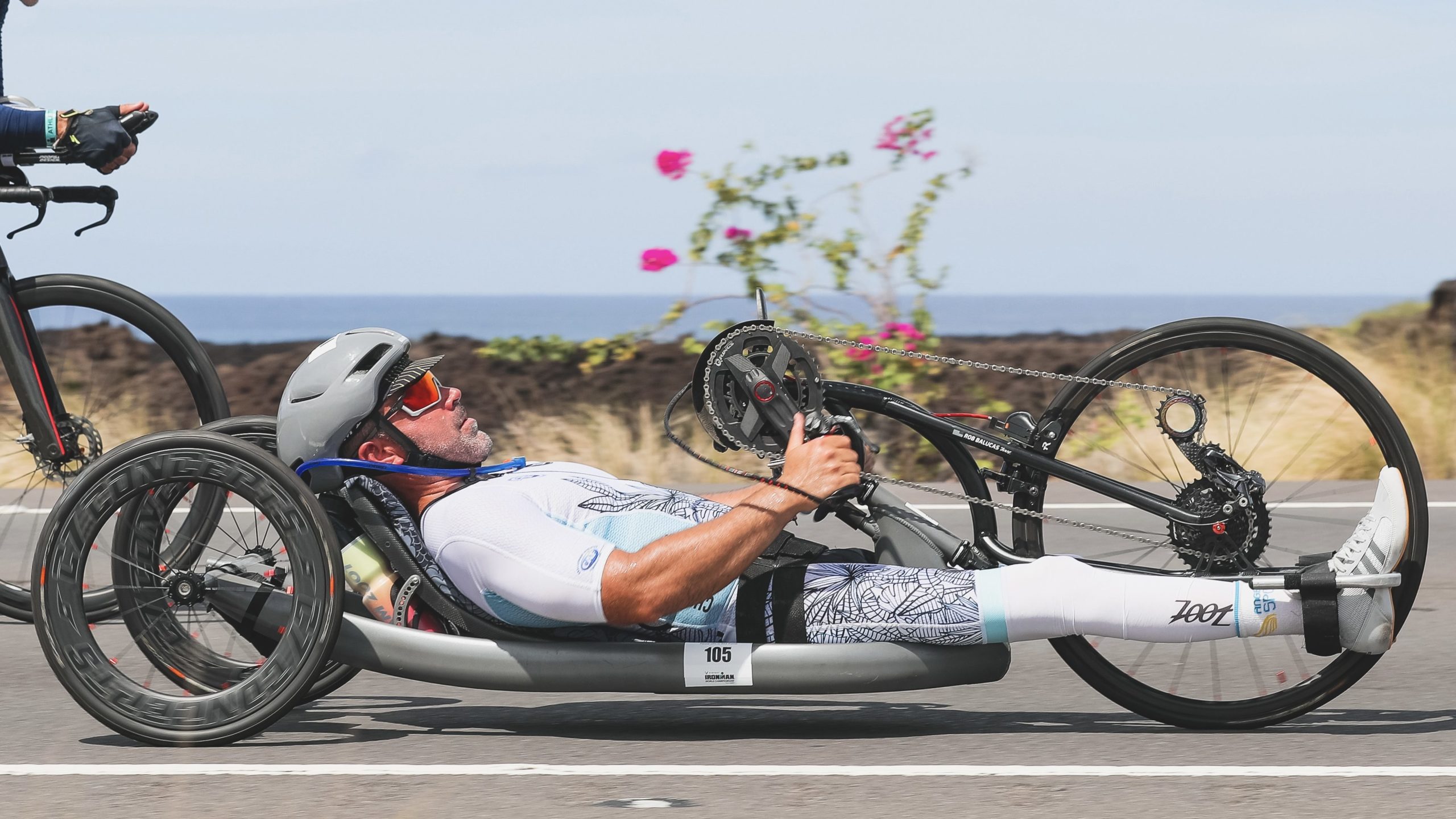
A week goes by really fast. Wow. A week ago I was in the race. I’m back home after an amazing time in Kona.
What happened…
(I didn’t make it to the finish line)
I honestly don’t know what happened.
I had a decent swim by my standards.. It was tough, really tough. Gauging from how everyone else described their swim, mine was equally challenging.
My transition wasn’t great, but at least I had everything with me that I needed.
There’s a period for the first few miles of the bike where your body is still in transition from one sport to the next and you’re just trying to find your rhythm and settle in.
I just never found that place … for the next 9.5 hours.
Somewhere in the first 10 miles my chain came out of my rear derailleur and got jammed while I was going 30+ mph on a wonderful downhill.
I had to stop, get some help, dig into my flat kit for my chain breaker, break the chain, fix the problem, reconnect the chain, and then pack up my flat kit. That cost valuable time.
And then after that, I just couldn’t find the sweet spot. I couldn’t maintain the watts (power) necessary to make the bike cutoff. My chain derailed twice more. I missed it by a whopping 75+ minutes.
Did I not drink enough water? All the locals say this year it was way more humid than usual. My paralyzed body is very affected by weather and I don’t like to admit it. My neuropathic pain jumps through the roof when the weather shifts. I still don’t believe it when it happens.
I knew at the midway point at Hawi (mile 60) I wasn’t going to make it back in time. The speed I’d have to maintain wasn’t possible given I had to go right back where I came from through the same rolling elevation and climate.
It became about not quitting. It became about getting ‘home’, on my own power, whether I get to keep going on or not.
At a certain point it was almost doubtful I’d make it back before sundown. But I did.
I could go on and on. One of the other handcyclists here didn’t finish his first Kona IMWC (this year was his 5th). Carlos Moleda, a legend of IMWC and 5-time Champion didn’t finish his first either.






























Many have said this just fuels you for the next one. And that might be true at some point.
The thing for me is: I don’t know that I have this level of training in me again. I’ve said before how incredibly intense the training has to be. It has come at the cost of every other part of my life. Anyone who’s been in the orbit of someone training for an IRONMAN knows this fact.
My business has suffered. My relationship and our home has taken lower priority.
It comes at significant financial cost. Many have supported me in this and I don’t want to keep asking for that support.
AND .. I hate that this will be the story if I stop here. I had a DNF in Kona. I had a DNF at the 2019 IM 70.3 World Championships in France. That track record sucks. And I hate that it’s mine right now.
I know there is a lot more in this than that. I know that there’s a victory in just getting to the starting line. I know there’s a lot of value in the journey to get there.
But I didn’t put in all this work just to show up. I didn’t work this hard for years to just get out there.
I didn’t also didn’t do it to win.
I did it for what I thought was very reasonable for me, my athletic ability, and resources.
I just wanted to cross the finish line.
I wanted to hear, “You are an IRONMAN” from Mike Reilly even if I was the last person.
Sure there will be more paratriathlon in my future. Shorter distance stuff for fun and staying fit. But my track record on the big races will be DNF. And that fucking sucks.
But let’s be honest. It’s a blessed life. To have a partner in Erika who supports this journey. To have a community – a tribe – who support me as you have. There’s so much to be grateful for; and I most certainly am.
One of my favorite books speaks of “Finding your edge, and not faking not.”
I found my edge that day. I did the best I possibly could in punishing conditions at the biggest stage in triathlon.
As much as I wish it did, it did not happen any other way.
